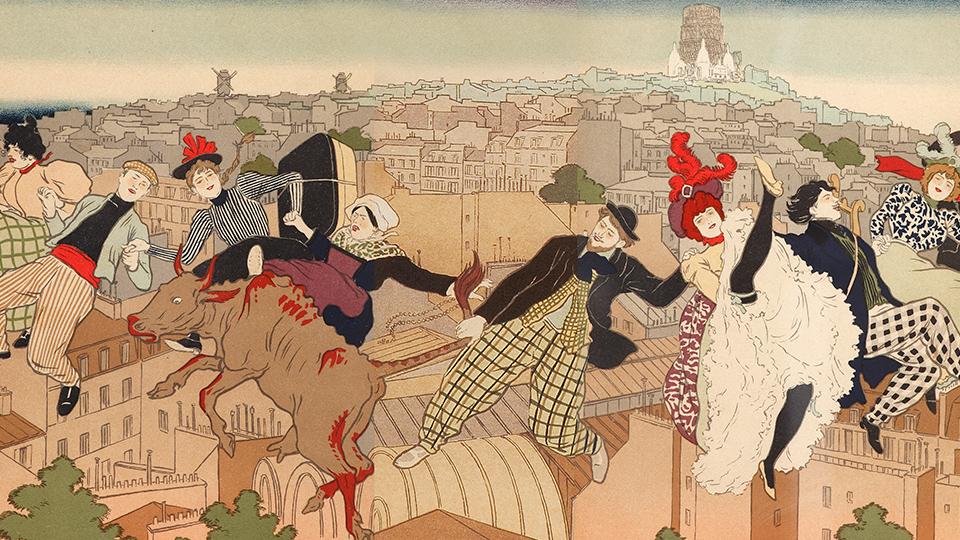
At the end of the year one of the most anticipated exhibitions is taking place in Barcelona, giving life to the most bohemian and boundary-breaking side of nineteenth-century Paris. This is the exhibition ‘Toulouse-Lautrec and the spirit of Montmartre‘ which is being housed today by the Caixa Forum of Barcelona. This home-production by the Obra Social of La Caixa, curated by Phillip Dennis Cate, presents an extraordinary collection of 350 works of paintings, drawings, engravings, posters and other objects of the time from different museums around the world. It is an extensive exhibition headed by the works of the multi-faceted painter Toulouse-Lautrec (61 works, including six oil paintings, a drawing and his best-known posters) which portrays the bohemian heart of Montmartre and its nightlife, in line with the vision of other contemporary artists who lived in Paris at the end of the 19th century.
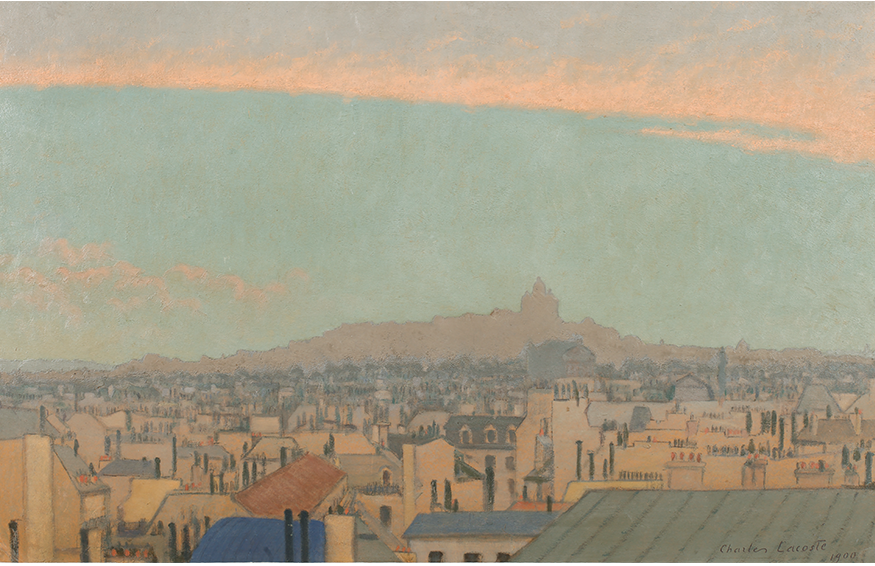
Montmartre, the common denominator
In 1880, Montmartre was a marginal and dangerous area away from Paris that began to attract many young creators. Thus for example the artists Henri de Toulouse-Lautrec, Paul Signac, Pierre Bonnard and Henri-Gabriel Ibels, the philosophers Aristide Bruant and Yvette Guilbert, the writers Émile Goudeau, Alphonse Allais and Alfred Jarry, and the musicians Erik Satie, Vincent Hyspa and Gustave Charpentier moved there attracted by the neighbourhood: they wanted to live frugally, work and avoid the bourgeois centre of the French capital. This is how in a few years, Montmartre became the common geographical denominator of many artists who actively contributed to define the avant-garde aesthetic of the time.
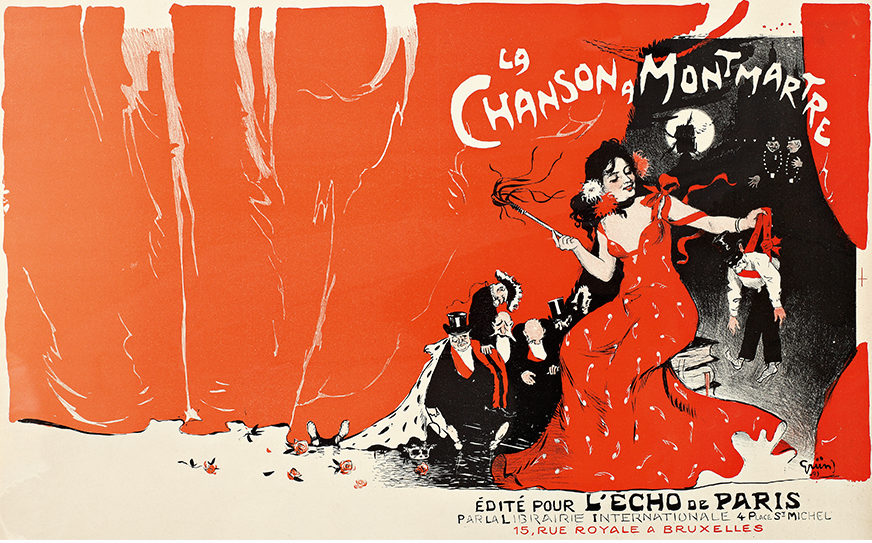
The centre of bohemian life
At the end of the 19th century Montmartre was the epicentre of the social and cultural motor that defined its modern style and bohemian character. Its streets, the night cabarets, the neighbourhood cafés … were the scene of a creative explosion thanks to those young artists and intellectuals who through their works challenged the status quo. Henri de Toulouse-Lautrec (Albi, 1864 – Château Malromé, 1901) and other artists such as Vincent van Gogh, Jean-Louis Forain, T. A. Steinlen, Pierre Bonnard or Édouard Vuillard contributed to this flourishing of a break-through movement outside the bourgeoisie.
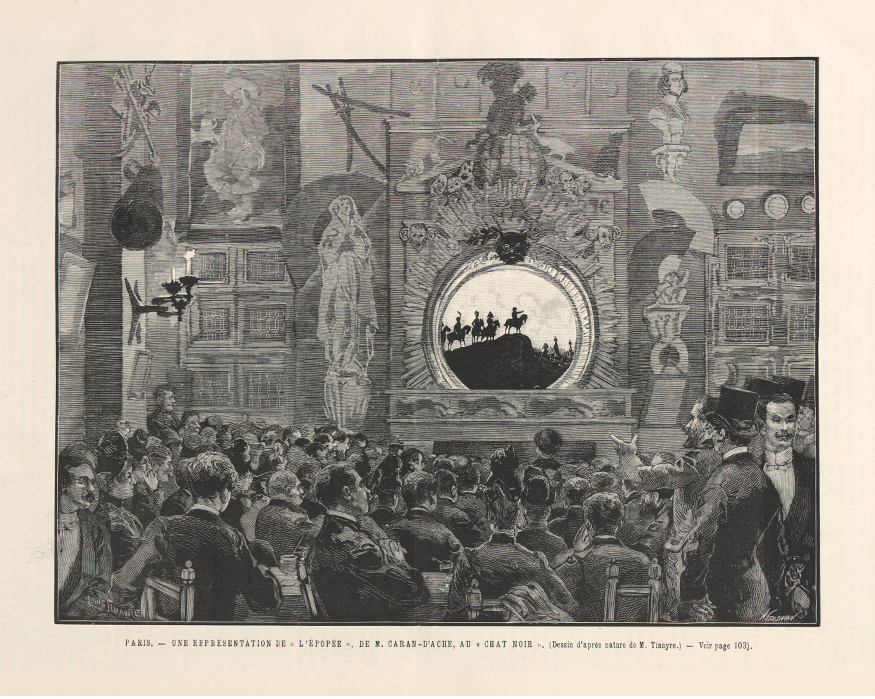
The artists of Montmartre had a critical attitude and in their works it was customary to reflect on the poverty in the streets and the harshness of prostitution, two recurring themes that were part of this social denunciation. On many occasions humour, satire and caricature were used to disseminate their ideas in a renewal of artistic language that was inclusive and appealed to ordinary people rather than the elite. Accordingly their work was also presented in unusual places: cabarets, experimental theatres, circuses or in the street itself, which was a continuous source of inspiration.
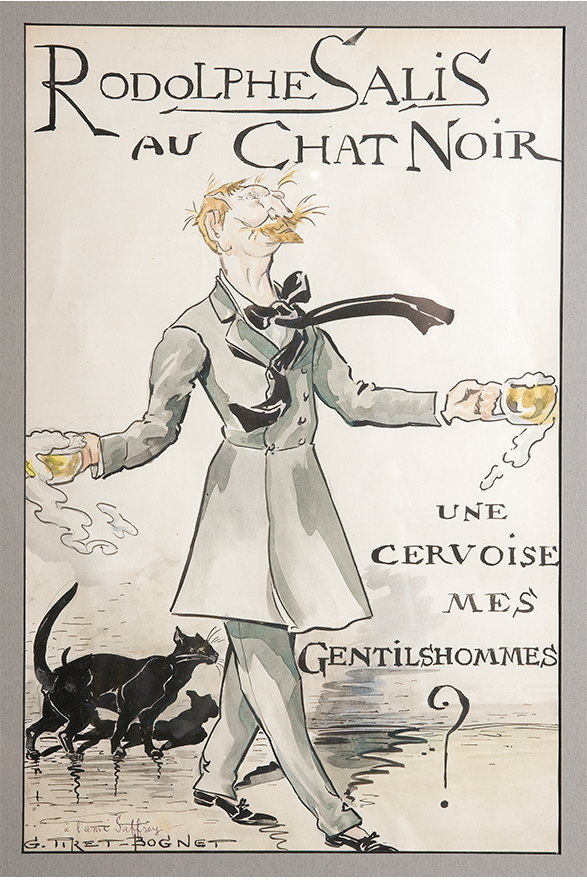
“The exhibition shows the boundary-breaking character of many Parisian artists of the 19th century”
This spirit was not only limited geographically to Montmartre, but became an avant-garde mentality that moved to the new leisure centres of Paris and the main European cities. It marked a before and after in the new forms of expression that are consolidated with the turn of the century. The exhibition ‘Toulouse-Lautrec and the spirit of Montmartre’ can be seen at the Caixa Forum in Barcelona until 20 January 2019.
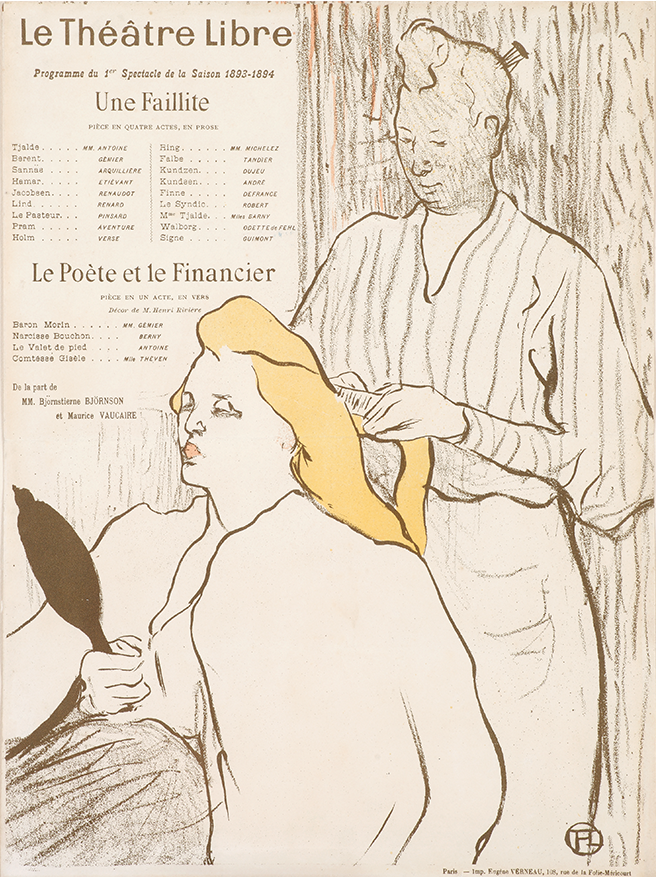
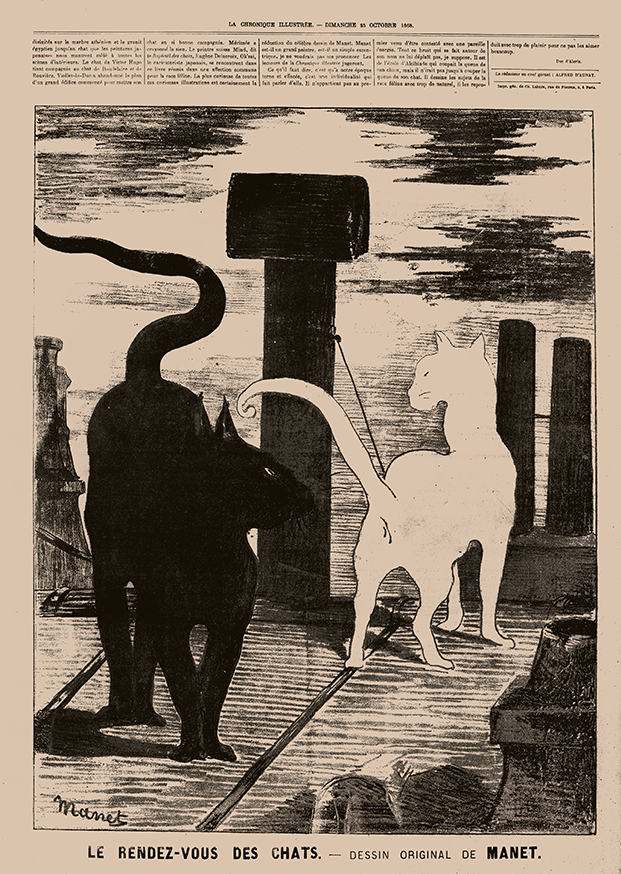
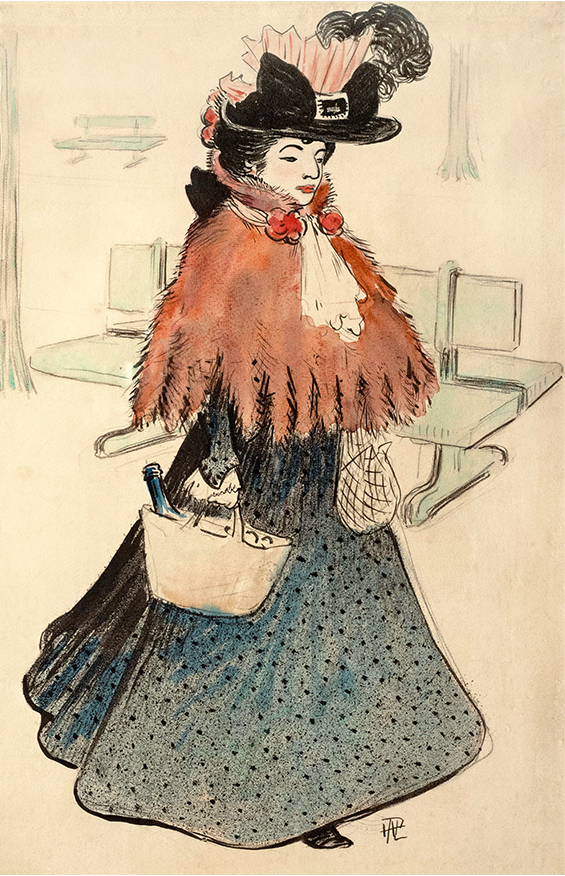
FOTOS
Crédito: Fotos extraídas del CaixaForum, exposición ‘Toulouse-Lautrec y el espíritu de Montmartre’
